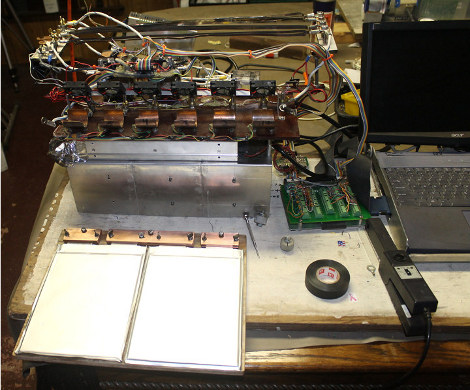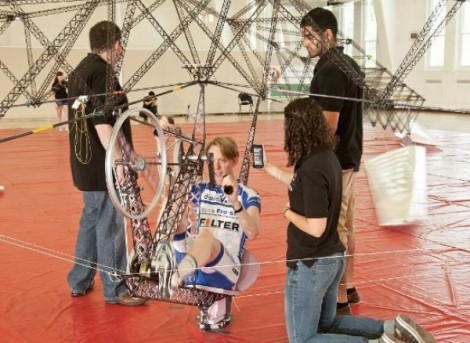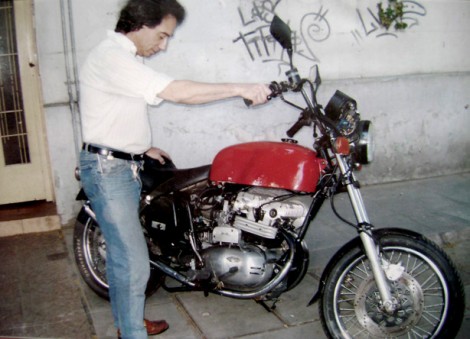
[Mikey] got a real deal on some A123 Pouch Cells. These are large Lithium cells that tolerate 100A discharge and 50A recharge currents, with 20 AH of life off of one charge. He’s been doing a bunch of testing to find out if the cells can go into an expandable battery pack and be made for use with hybrid cars.
We just looked in on a battery tester used for solar power car arrays. This is a similar situation except [Mikey] is focusing on the test data, rather than the apparatus. The link above is a collection of his notes from testing. Start reading at the bottom of the page up to get the chronology right. He starts to zero in on the most efficient charging methods. Immediately he’s hit with a big need for cooling as the cells take no time to pass 100 degree Fahrenheit. He continues testing with heat sink and fan, and even brings a thermal imaging camera to help with the design.
[Thanks Chris]
















